“Before lunch hour on the first working day of 2022, Jan. 4, Canada’s highest-paid CEOs will have already racked up the same amount of pay that will take the average worker the entire year to accrue,” said an annual report released Tuesday.
By Francine Kopun
Tue., Jan. 4, 2022
Canada’s top 100 CEOs saw their incomes rise in 2020, even as the pandemic wreaked havoc on the Canadian economy, according to an annual report released Tuesday.
Their pay during the first full year of COVID-19 averaged $10.9 million each, up $95,000 apiece since 2019.
“As a result, those 100 CEOs now make, on average, 191 times more than the average worker wage in Canada,” according to the report, entitled: Another Year in Paradise, CEO pay in 2020.
The data is compiled annually by the Canadian Centre for Policy Alternatives (CCPA).
“Before lunch hour on the first working day of 2022, Jan. 4, Canada’s highest-paid CEOs will have already racked up the same amount of pay that will take the average worker the entire year to accrue,” the report says.
The highest-paid CEO in Canada in 2020 was David Klein, who officially took over Canopy Growth Corp. in January 2020, according to the report. Company stock was then trading at about $31 a share. By the end of that year, it was trading for roughly a dollar more. Klein’s total compensation during that time was $45.3 million, including $281,715 in salary; $10-million in share-based awards and $33.3 million in option-based awards, according to the CCPA analysis.
Canopy Growth Corp., which produces, distributes and sells medical and recreational cannabis, closed at $11.04 a share on the TSX on Monday.
“One of the issues we’ve seen with income inequality is that when the economy does poorly, it’s often just the low-wage workers that suffer, it’s not the CEOs that suffer, and that was really highlighted by the pandemic and the data for 2020,” said David Macdonald, a senior economist with the CCPA.
While income earned by Canadian CEOs is theoretically based on merit, the report found that among the richest 100 CEOs, 30 headed companies that received the Canada Emergency Wage Subsidy (CEWS), 14 saw the structure of their bonuses changed in order to protect them from the impact of COVID-19 and five experienced both.
“The CEWS was meant to go to businesses that saw large declines in revenue during the worst of the pandemic, but some companies with the highest-paid 100 CEOs in Canada continued to pay their CEOs extraordinary amounts while receiving the CEWS,” according to the report.
“The philosophical justification of extreme bonuses — that they are merit-based — is on thin ice. Executive compensation isn’t variable or merit-based but rather, it’s part of the c-suite culture.”
Also according to the report, there was no requirement that the CEWS be put toward worker’s wages. The rules were amended in June 2021 to prevent companies who paid their executives more in 2019 from receiving the subsidy.
The gap between the average worker and the highest-paid CEO narrowed in 2020, but only because about half of all workers who are paid $17 an hour or less either lost their job or the majority of their working hours in the first few months of the pandemic, according to the report.
Macdonald said some progress has been made: Prior to July 2021, only 50 per cent of the value of stock options was considered taxable. That’s now been capped at the first $200,000 of stock options.
The second-highest-paid CEO in Canada is José Cil, of Restaurant Brands International, which owns and operates Burger King and Tim Hortons. His total compensation in 2020 was just under $27-million, including nearly $24-million in share-based awards.
The report recommends taking steps to reduce the gap between CEO salaries and employee wages by capping the allowable corporate deductions for executive compensation at $1-million. There is currently no cap. It also recommends making all income from stock options taxable — currently only half is taxable.
It also recommends a wealth tax on the ultra-rich, generally defined as a tax on those with a net wealth of more than $10 million.


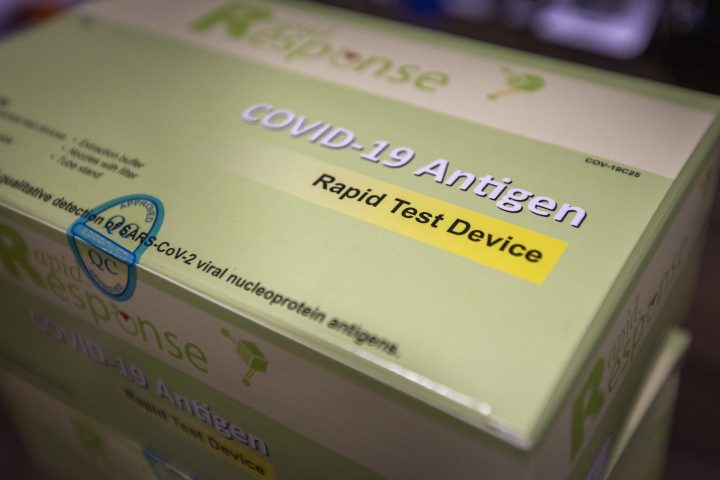
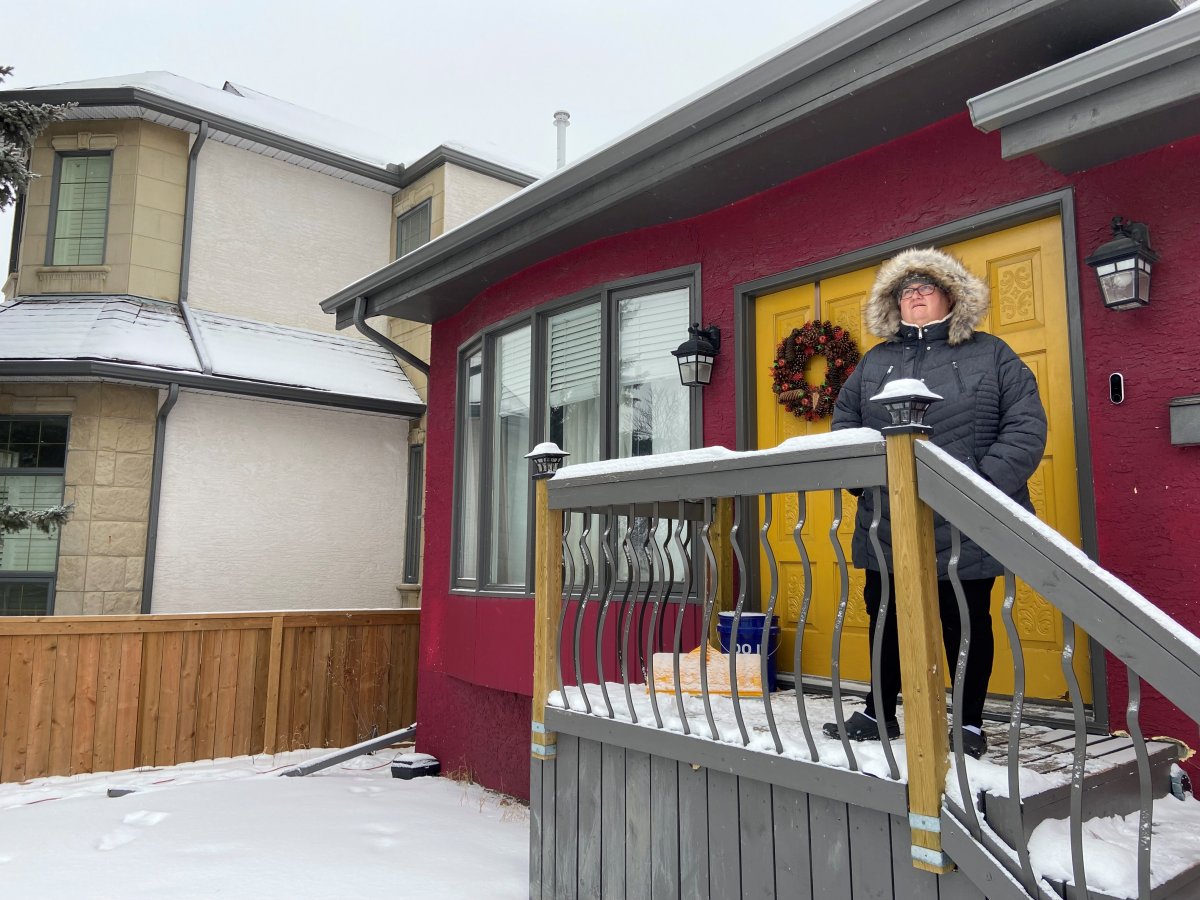
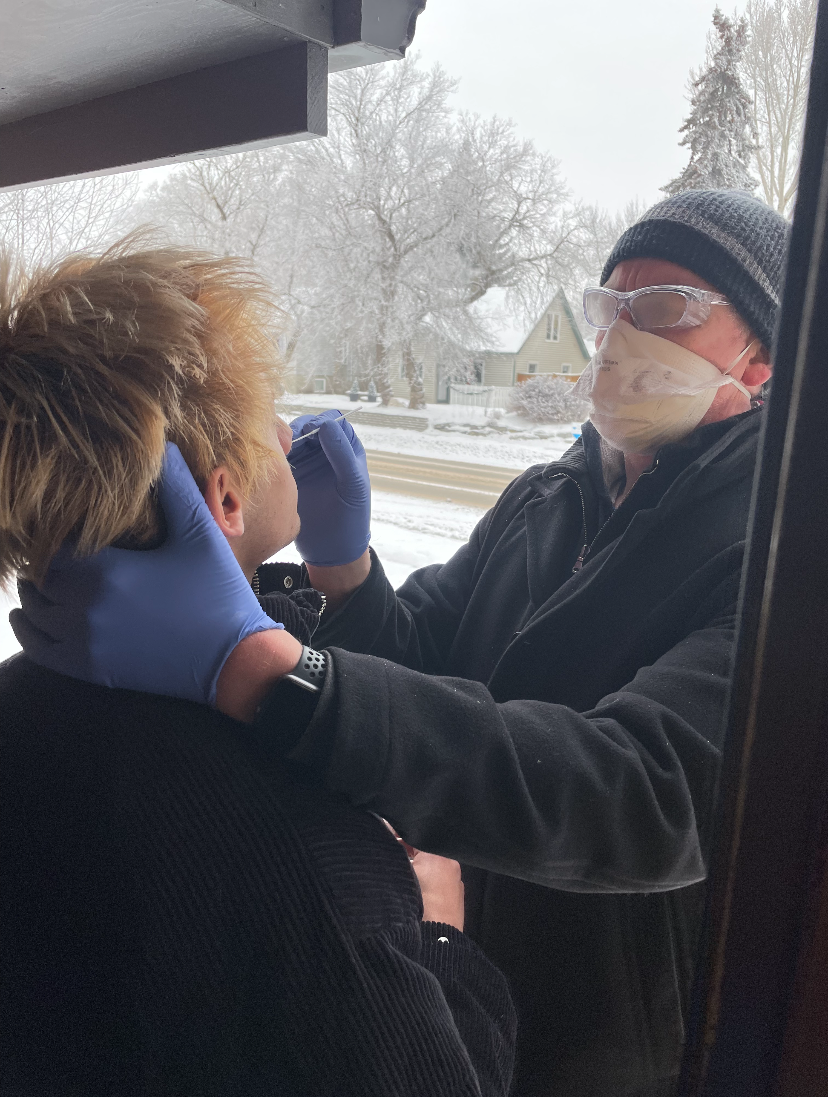





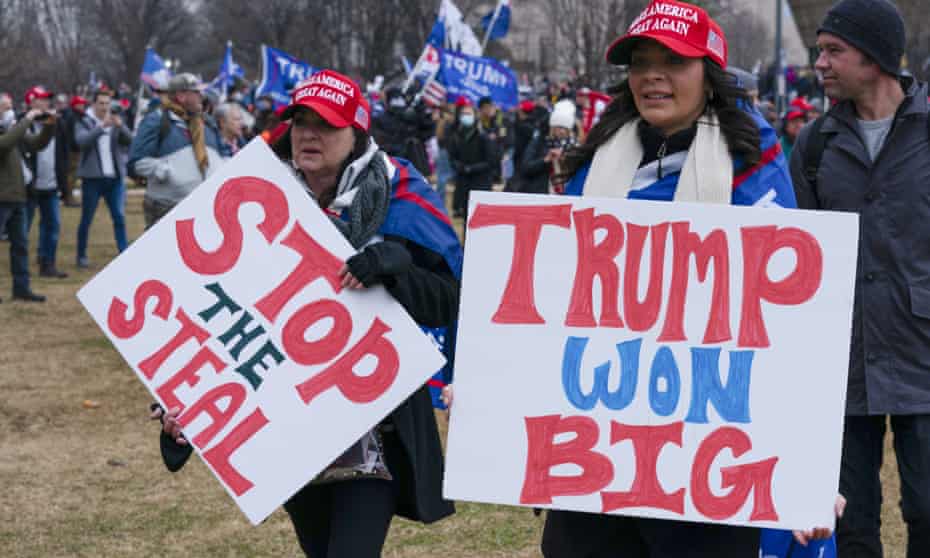



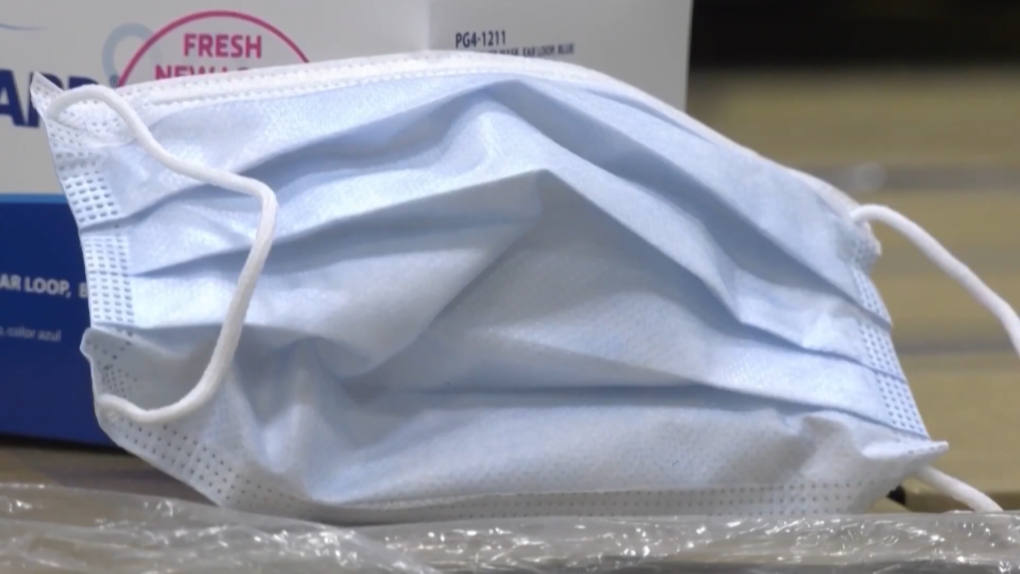
:format(jpeg)/cloudfront-us-east-1.images.arcpublishing.com/tgam/GOSI76B7OBMJHII24746ELLAEU.jpg)

